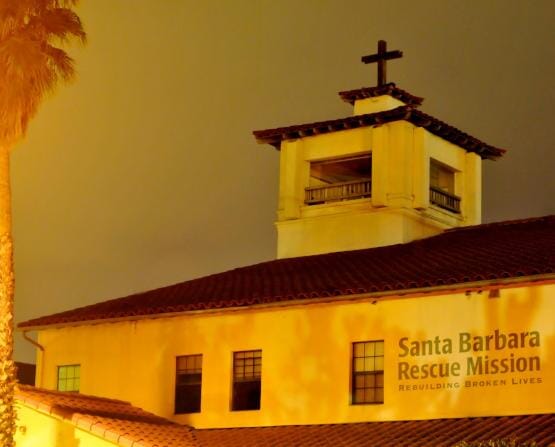The Bethel House at the Santa Barbara Rescue Mission is a faith-based treatment facility designed specifically for women. This residential rehab program follows a 12-month model based on the 12-Step approach to recovery and places a strong emphasis on building a meaningful relationship with God. In a safe and nurturing environment, women are provided with the opportunity to share their painful experiences, develop healthy relationships, and learn the necessary coping skills for a successful and fulfilling life in sobriety.
ABOUT SANTA BARBARA RESCUE MISSION — BETHEL HOUSE
Established in 1965, the Santa Barbara Rescue Mission is a Christian organization that operates four residential facilities in Santa Barbara, California, to assist individuals who struggle with addiction and homelessness. This review focuses specifically on the Bethel House, which offers long-term residential treatment for women with substance use disorders.
TREATMENT & ASSESSMENT
According to the center’s website, the program’s core principle is that “recovery occurs in relationships with God, others, and self.”
Women participate in a 12-month treatment program that is rooted in the Christian faith and incorporates the 12-Steps. Many residents have been battling addiction and often homelessness for many years. The program provides family support, education about addiction, relapse prevention training, career development services, and job placement opportunities.
The Santa Barbara Rescue Mission also offers sober-living accommodation for successful graduates of the residential treatment program.
STAFF CREDENTIALS
Currently, there is no information available regarding the treatment staff at the facility. However, a former resident surveyed by Best-rehabs.com provided five out of five stars for the staff’s support.
ACCOMMODATIONS & AMENITIES
According to the facility’s website, the Bethel House can accommodate 24 women and consists of two large buildings connected by a garden patio. Out of the two alumni surveyed by Best-rehabs.com, one gave five out of five stars for accommodations and amenities, while the other gave a two-star rating in this area.
WHAT ALUMNI SAY
At the time of this review, Best-rehabs.com gathered feedback from four alumni, with one giving positive feedback, two offering negative feedback, and one remaining neutral.
The positive review awarded five out of five stars for treatment effectiveness and indicated a recommendation for the treatment center. The alum wrote, “The program was 12 months of education and change in my life. I was provided with everything necessary to become a productive member of society.” They also mentioned that they are currently employed at the treatment center.
In contrast, one alum gave three stars for treatment effectiveness, expressing that they were ready for any type of treatment. They noted that the facility had a majority of court-ordered patients and had a strong faith-based approach rather than focusing on the 12-Steps.
The two negative reviews submitted to Best-rehabs.com described a cliquey, gossipy, and unwelcoming atmosphere within the facility. One former resident wrote, “When I lived there, it was not in any way God’s House. There was nothing there that made me feel at peace and safe.” Another alum complained about unprofessional staff.
On Santa Barbara Rescue Mission’s Facebook page, which is managed by the mission and represents the entire organization rather than just the Bethel House, 56 people left reviews resulting in an average rating of 4.5 out of five stars at the time of this review[1].
WHAT STAFF SAY
One staff member named Lori, who was surveyed by Best-rehabs.com, provided very positive feedback. She wrote, “Very good staff who put client needs as a priority.” Lori gave five out of five stars in all treatment metrics evaluated, including honesty, patient-centric approach, and overall quality of care.
FINANCING
According to the center’s website, the Santa Barbara Rescue Mission relies primarily on donations and grants for its income. Only a small portion of revenue comes from program fees, and residents are asked to contribute towards the cost of treatment if they are able to.
- [No hyperlink available]
